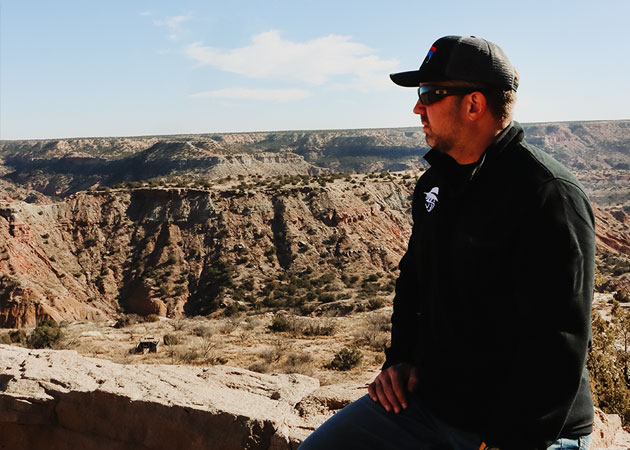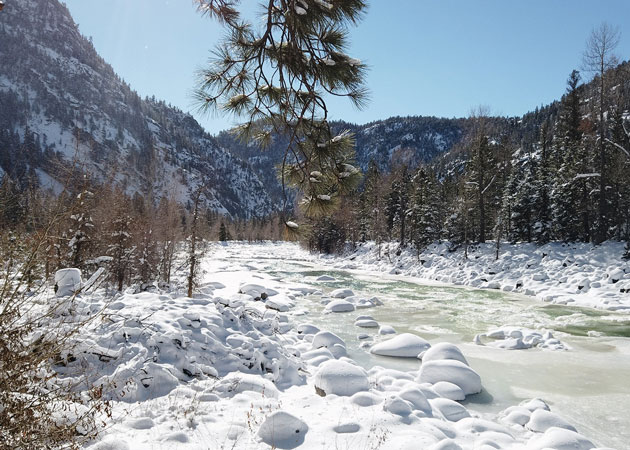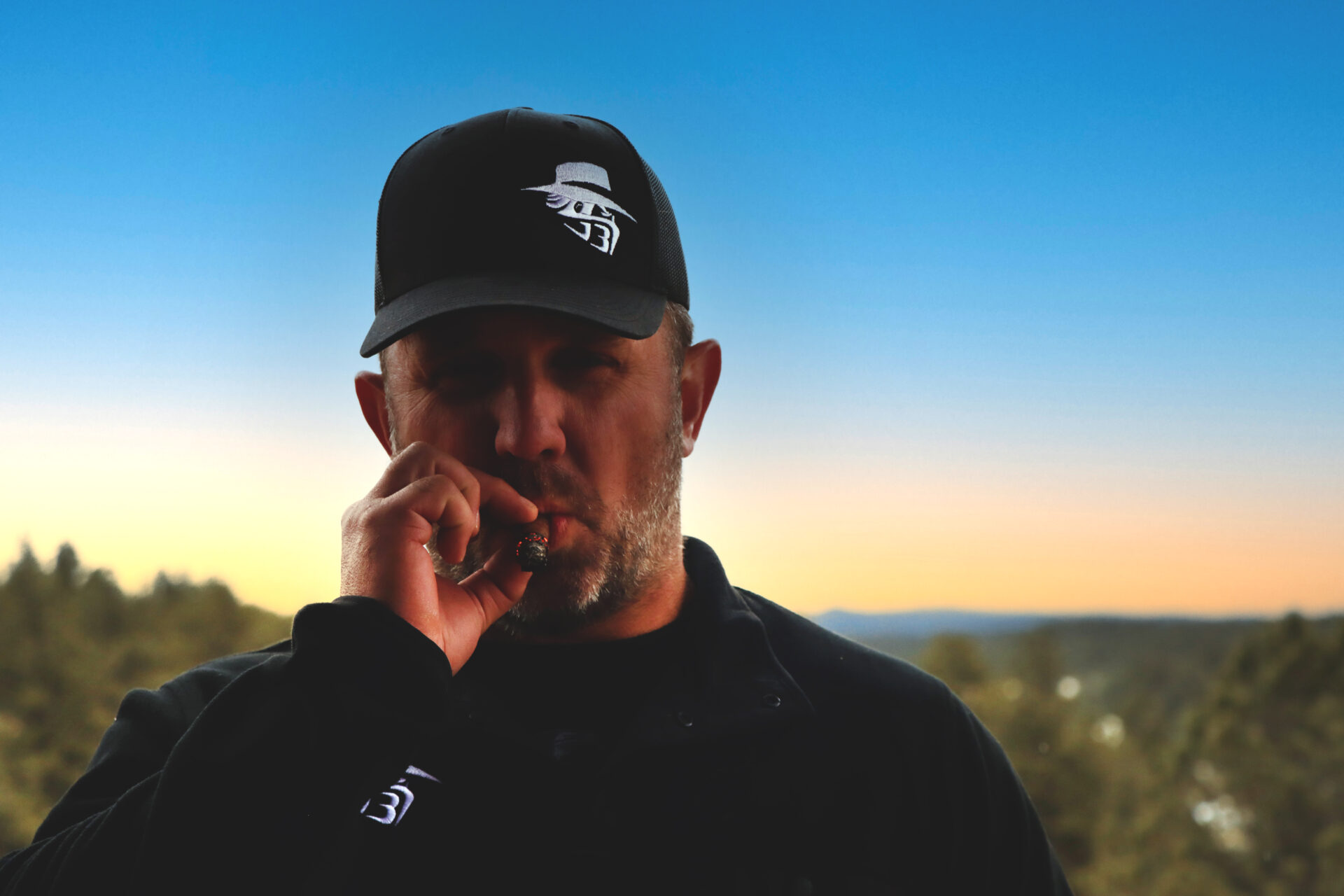CATTLE RANCHING
Maybe since the advent of the television series “Yellowstone,” there is a lot of interest in cattle ranching. With its abundant grasslands and large grain supply, the United States has developed a beef industry that is largely separate from its dairy sector. The United States is the home of the largest fed-cattle industry in the world and is the world’s largest producer of beef, primarily high-quality, grain-fed beef for domestic and export use.
Most of us have not realized how big the cattle industry is and how dependent the U.S. is upon the import and export of beef cattle.
For example, The United States tops the list of the globally leading beef and veal-producing countries: the country produced over 12.6 million tons of beef and veal (net carcass weight) as of 2022, followed by Brazil and the European Union, respectively. That year, total production of beef and veal amounted to just about 58.7 million metric tons worldwide. The global cattle population amounted to over one billion head in 2022, up from approximately 996 million in 2021.
Being a rancher is not without risk. Adverse climates like persistent dry conditions leading into drought can diminish pasture conditions and reduce harvested feed supplies, altering a cycle’s direction and duration. Then there is a disease. For example, Brazil, the world’s biggest beef exporter, suspended beef shipments to China as a case of bovine spongiform encephalopathy (mad cow disease) was detected, according to Bloomberg.
“All measures are being taken immediately at each stage of the investigation and the matter is being handled with total transparency to guarantee Brazilian and global consumers the recognized quality of our meat,” Favaro said.
As a precaution, Brazilian authorities halted beef shipments to China. Favaro said the move would be short-term and that “dialogue with the authorities is being intensified to demonstrate all the information and the prompt re-establishment of the Brazilian meat trade.” If the ban is long enough, Chinese importers might start sourcing beef products elsewhere, such as in Australia, Japan, and Korea.
It is wonderful to be a rancher. Working as a rancher is fulfilling, allowing you to work outdoors and enter the business sector. Ranchers provide a crucial service to the national infrastructure by providing food for the public. For many ranchers, the career is part of a family business, but others pursue this profession through alternative routes. You know what goes into your food. Ranchers have long recognized the importance and value of preserving these natural resources. When managed properly, ranches can provide wildlife habitat, store carbon, contribute to purifying air and water, and preserve soils. Ranchers can serve an important role in mitigating the impacts of many invasive species that threaten native plants and wildlife.




